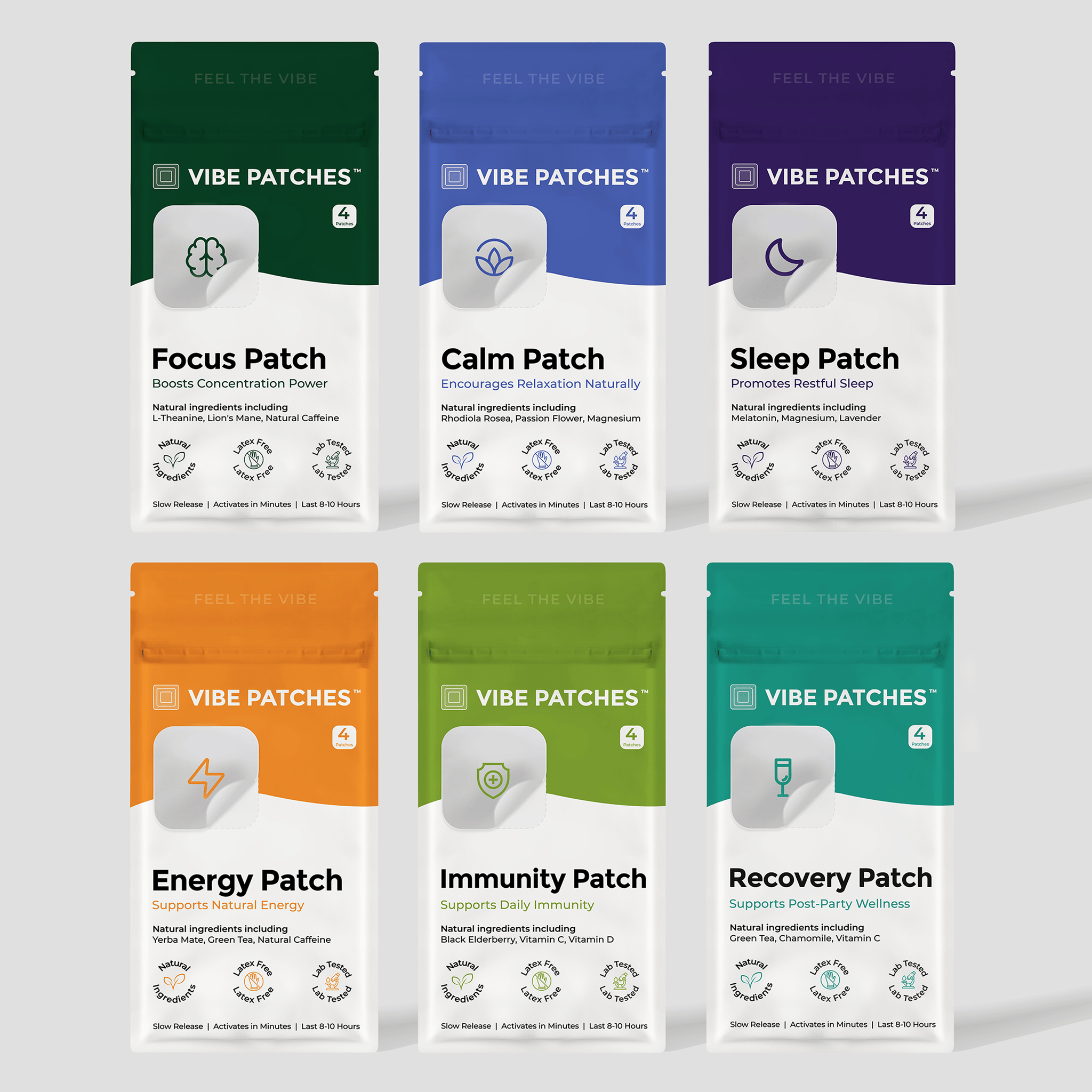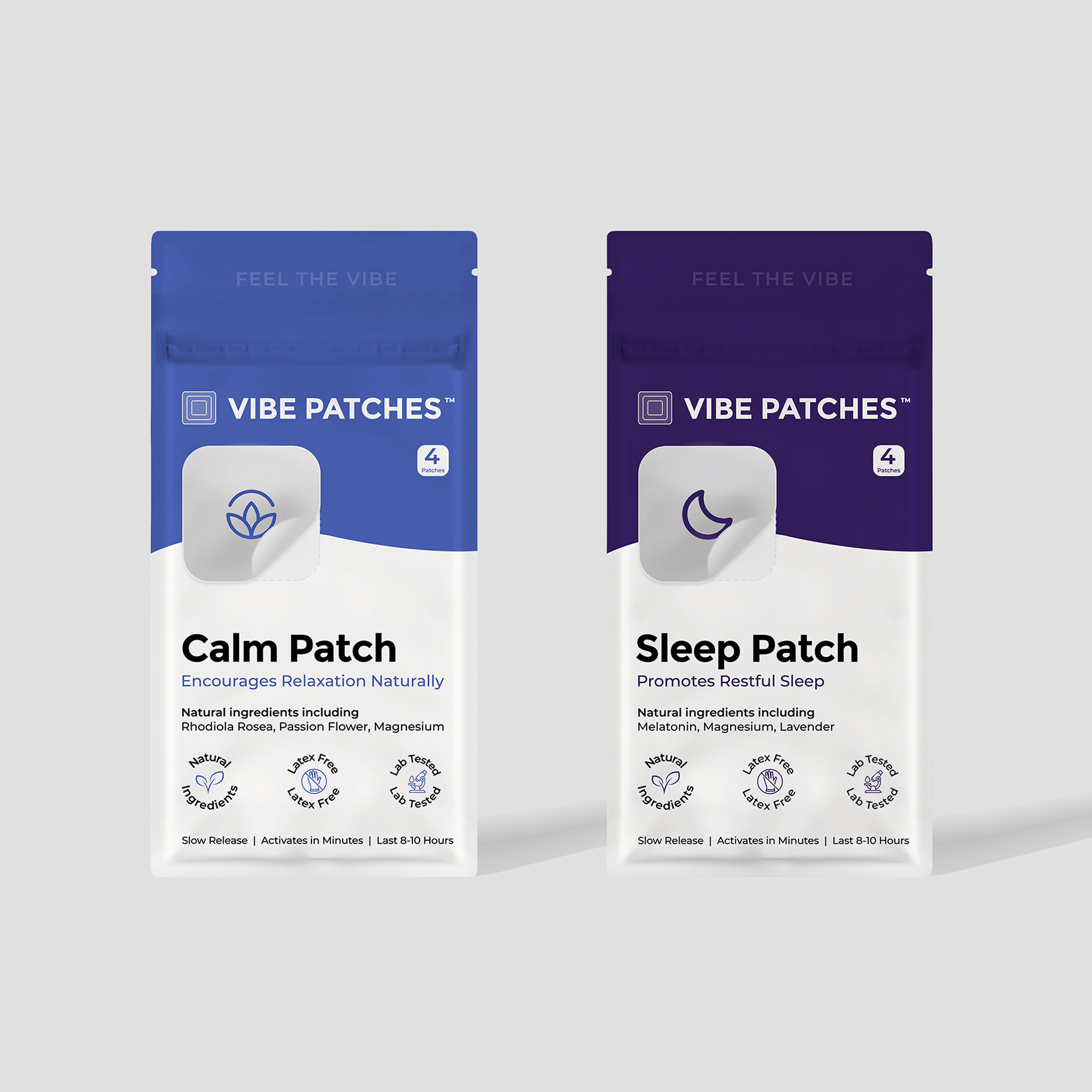Long-haul flights don’t have to mean lost sleep and groggy arrivals. For frequent flyers, digital nomads, and anyone facing a red-eye journey, learning how to sleep on a plane is a game-changer for health, productivity, and enjoyment. In this article, you’ll find actionable advice and expert-backed solutions to help you drift off faster, stay comfortable, and wake up ready to make the most of your destination.
Why Is Sleeping On a Plane So Difficult For Most Travelers?
Sleeping on a plane is challenging for most travelers due to a combination of physical discomfort, environmental disruptions, and biological factors. Cramped seating, limited legroom, and upright positions make it hard to relax, while constant noise, fluctuating cabin lights, and temperature changes disrupt the body’s natural sleep cues. Additionally, crossing time zones can throw off your circadian rhythm, making it difficult to fall asleep when your body isn’t ready. Anxiety about flying or arriving at your destination can further heighten alertness, leaving many passengers restless and unable to achieve restorative sleep during their journey.
What Are the Benefits of Arriving Well-Rested After a Flight?
- Enhanced Productivity: You’re able to think clearly, make decisions efficiently, and perform at your best—crucial for business travelers or anyone with immediate plans upon arrival.
- Improved Mood: Adequate rest helps stabilize your emotions, making you more patient, positive, and ready to enjoy your trip.
- Stronger Immune System: Quality sleep supports your body’s defenses, reducing your risk of getting sick while traveling.
- Faster Adjustment to New Time Zones: Being well-rested makes it easier for your body to adapt to local time, minimizing the effects of jet lag.
- Greater Enjoyment of Your Destination: With more energy and alertness, you can fully experience and appreciate your activities, whether it’s sightseeing, meeting loved ones, or tackling work.
How To Sleep On a Plane: Step-by-Step
Choose the Right Seat
Selecting the best seat can make a significant difference in your ability to sleep on a plane. Aim for a window seat so you can rest your head and avoid being disturbed by fellow passengers. Seats closer to the front of the plane tend to be quieter and experience less turbulence. If possible, avoid seats near the bathrooms or galley, as these areas see more foot traffic and noise.
Prepare Your Body Before the Flight
Set yourself up for restful sleep by adjusting your routine before you board. Try to get some light exercise earlier in the day, stay hydrated, and avoid caffeine or heavy meals in the hours leading up to your flight. If you’re crossing time zones, gradually shift your sleep schedule a few days before departure to help your body adjust.
Bring Essential Sleep Accessories
Comfort is key when trying to sleep in an unfamiliar environment. Pack a supportive neck pillow, a cozy blanket or large scarf, noise-cancelling headphones or earplugs, and an eye mask to block out light. These simple accessories can help create a peaceful, sleep-friendly cocoon even in a crowded cabin.
Use a Sleep Patch for Restorative Rest
For travelers seeking a gentle, effective way to fall asleep and stay asleep on flights, consider using the Vibe Patches Sleep Patch. This innovative patch delivers a blend of natural ingredients—including Melatonin, GABA, L-Theanine, Scullcap, and Lavender—directly through your skin for deep, uninterrupted rest. Simply peel and apply the vegan, latex-free patch to clean, dry skin on your wrist or shoulder about 30 minutes before you want to sleep. The slow-release formula works overnight, helping you drift off quickly and wake up recharged, without any grogginess. Perfect for travelers, the Vibe Sleep Patch supports your natural sleep rhythm and helps you arrive at your destination feeling calm, balanced, and well-rested.
Practice Relaxation Techniques
Once you’re settled in your seat, use simple relaxation techniques to signal your body that it’s time to sleep. Try deep breathing exercises, progressive muscle relaxation, or a short meditation. These methods can help ease tension, quiet your mind, and make it easier to fall asleep even in a busy cabin.
Limit Screen Time and Light Exposure
Bright screens and overhead lights can disrupt your body’s production of melatonin, the hormone that regulates sleep. Turn off electronic devices at least 30 minutes before you want to rest, and use your eye mask to block out any ambient light. This helps cue your body for sleep and improves your chances of getting quality rest.
Stay Consistent With Your Sleep Routine
Whenever possible, stick to your usual bedtime rituals, even while traveling. Whether it’s reading a book, listening to calming music, or applying your sleep patch, maintaining familiar habits can help your body relax and transition more easily into sleep—no matter where you are.
When Should You Apply the Patch Before Your Flight?
You should apply the sleep patch about 30 minutes before you want to fall asleep on your flight. This timing allows the natural ingredients—such as Melatonin, GABA, and calming botanicals—to begin absorbing through your skin and gently ease your body into a restful state. For best results, place the patch on clean, dry skin, preferably on your wrist or shoulder, and settle into your seat with your sleep accessories ready. By giving the patch a head start, you’ll maximize its effectiveness and set yourself up for a smoother, more restorative rest while you travel.
Tips For Using The Sleep Patch For Long Flights
|
Step |
What To Do |
Why It Matters |
|
Choose the Right Time |
Allows natural ingredients to start working as you settle in for rest. |
|
|
Select Application Area |
Place on clean, dry skin—preferably your wrist or shoulder. |
Ensures optimal absorption and comfort throughout the flight. |
|
Wear Throughout the Flight |
Keep the patch on for 8–10 hours, including overnight if possible. |
Provides consistent, slow-release support for deep, uninterrupted sleep during long-haul journeys. |
|
Pair With Sleep Accessories |
Use with an eye mask, neck pillow, and noise-cancelling headphones. |
Enhances relaxation and blocks out distractions for a more restful experience. |
|
Remove After Waking |
Gently peel off the patch once you wake up or land. |
Prevents overuse and helps you feel refreshed and ready for your destination. |
Do Stretches or Light Movements Before Boarding Reduce In-Flight Restlessness?
Yes, doing stretches or light movements before boarding can significantly reduce in-flight restlessness and improve your chances of sleeping well on a plane. Gentle stretching or a short walk helps loosen tight muscles, increase circulation, and release built-up tension from sitting or standing in airport lines. This physical preparation not only makes it easier to relax once you’re in your seat but also helps prevent stiffness, cramps, and discomfort during the flight. Incorporating simple movements before boarding primes your body for rest, making it easier to settle in, get comfortable, and drift off more easily once you’re airborne.
Can Simple Breathing Exercises Help Signal Your Body It’s Time to Sleep?
Absolutely—simple breathing exercises can be a powerful way to signal your body that it’s time to sleep, especially in the unfamiliar environment of an airplane. Slow, deep breathing activates the parasympathetic nervous system, which helps calm your mind, lower your heart rate, and reduce stress hormones. Techniques like the 4-7-8 method or box breathing encourage relaxation and can make it easier to let go of travel-related anxiety or restlessness. By focusing on your breath, you create a mindful transition from wakefulness to rest, making it much easier to drift off even in a busy cabin.
Common Air Travel Mistakes To Avoid
- Forgetting to Bring the Sleep Patch: Leaving behind helpful sleep aids like the Vibe Patches Sleep Patch can make it much harder to relax and get quality rest during your flight.
- Overconsuming Caffeine or Alcohol: Relying on coffee or alcoholic drinks to cope with travel can disrupt your sleep cycle and leave you feeling dehydrated and restless.
- Wearing Uncomfortable Clothing: Tight or restrictive clothing can make it difficult to get comfortable and fall asleep, especially on long-haul flights.
- Neglecting to Pack Sleep Accessories: Not bringing essentials like a neck pillow, eye mask, or noise-cancelling headphones can make it challenging to block out light and noise.
- Skipping Pre-Flight Movement: Failing to stretch or move around before boarding can lead to increased stiffness and restlessness once you’re in your seat.
Conclusion
Sleeping well on a plane is absolutely achievable with the right preparation and tools. By choosing your seat wisely, packing essential sleep accessories, practicing relaxation techniques, and using innovative solutions like the Vibe Sleep Patch, you can transform your in-flight experience from restless to restorative. Avoiding common mistakes and prioritizing your comfort and routine will help you arrive at your destination feeling refreshed, energized, and ready to make the most of your journey. With these practical strategies, even the most sleep-deprived traveler can look forward to better rest at 35,000 feet.
Final Thoughts
Struggling to stay energized and balanced during long travel days or after restless flights? Vibe Patches offers a smarter way to support your well-being, no matter where your journey takes you. Their innovative patches are designed for easy, targeted relief—whether you need to recover fast with the Hangover Patch, find calm with the Calm Patch, boost your stamina with the Energy Patch, or get restorative rest with the Sleep Patch. Explore the full Vibe Patches collection and discover how effortless it can be to maintain your energy and wellness on the go.
Sources












